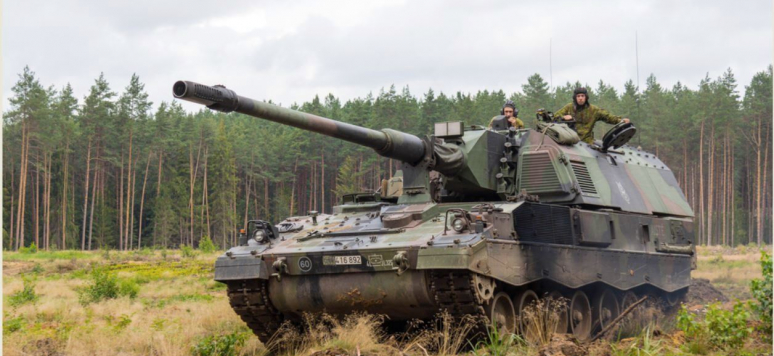L'Ifri dans les médias - The West shares tanks, rocket launchers and artillery with Ukraine in new war phase

Western countries are supplying Kyiv with heavy weapons, abandoning the caution shown at the start of the conflict. The aim is to restore the Ukrainian army's strength and block the Russian war effort in the Donbas.
The shipment of heavy weapons to Ukraine by a growing number of Western countries in recent days is a new turning point in the conflict that began on February 24. During the first phase of the war, European and American support was limited – at least publicly – to sending fuel, protective equipment, ammunition, anti-tank and anti-aircraft weapons, because of the risk of being considered co-belligerents. However, a shift has taken place in recent days towards more offensive equipment, such as howitzers, tanks, armored vehicles and helicopters.
Although the first wave of arms deliveries was decisive in hindering the initial "special operation" of Russian forces around Kyiv, the qualitative leap from the West corresponds to a new double objective: on the one hand, restoring the Ukrainians' capabilities after the first phase in which they suffered significant losses in men and equipment, despite very few elements being made public; and on the other hand, providing Kyiv's troops with the means to push back the Russian offensive in the Donbas, to ultimately "win" the war. This goal was displayed by the United States during the meeting organized on Tuesday, April 26, at their military base in Ramstein, Germany.
Moscow has decided to concentrate its war efforts in eastern Ukraine in order to get its hands at least on the whole of the Donbas, or even to deprive Ukraine of its access to the Sea of Azov for good.
- "The challenge is really to avoid the collapse" of the Ukrainians, summarized Léo Péria-Peigné, an expert in arms issues at the Institut Français des Relations Internationales.
'Provide mobility to Ukrainians'
Several categories of heavy weapons have been sent or are expected to be sent soon. The first is howitzers. While the conflict is currently moving towards a war of position, with a relatively delimited front, these guns can fire powerful and precise charges up to several dozen kilometers away (sometimes 40 kilometers). These howitzers can be towed or self-propelled. The Netherlands, Estonia, Czech Republic, France, with its Caesar guns, and, above all, the United States have announced that they are sending them. The American effort is particularly important as they are sending 90, which is more than the entire French stock (approximately 75).
The second category of heavy equipment that the West has announced it will provide is tanks and armored vehicles. The Czech Republic was the first to take the step of supplying tanks, at the beginning of April. Poland has since confirmed that it has done the same, with, according to some estimates, several dozen tanks and armored transporters. Germany finally announced on 26 April that it would be sending Gepard tanks, which would be taken from German industry stocks. The United States, the United Kingdom, the Netherlands and Australia have joined the movement, but with different types of troop transport vehicles, including mine-resistant ones.
[...]
> Read the article on Le Monde [1] (english version)
